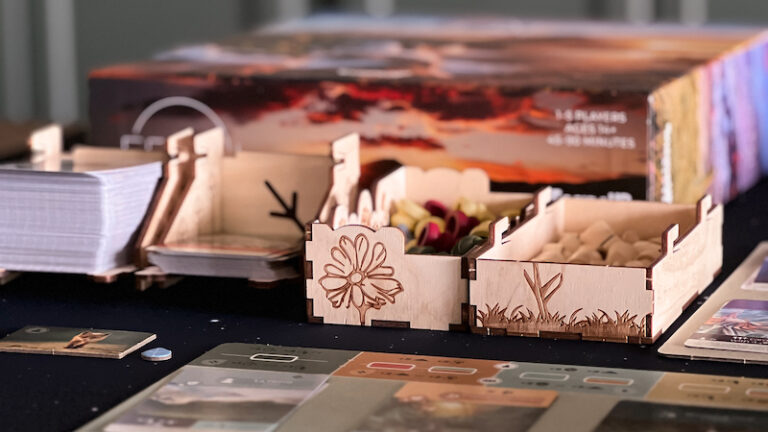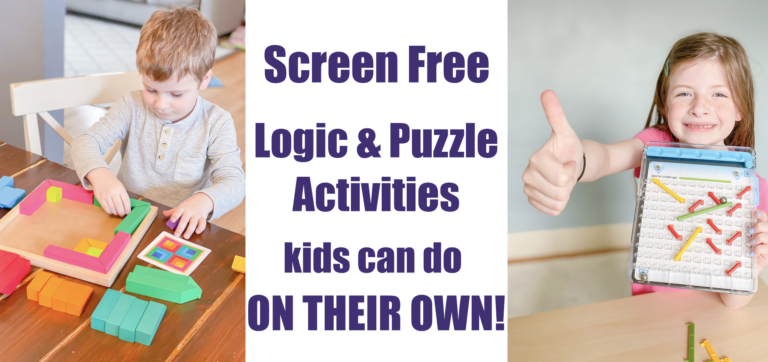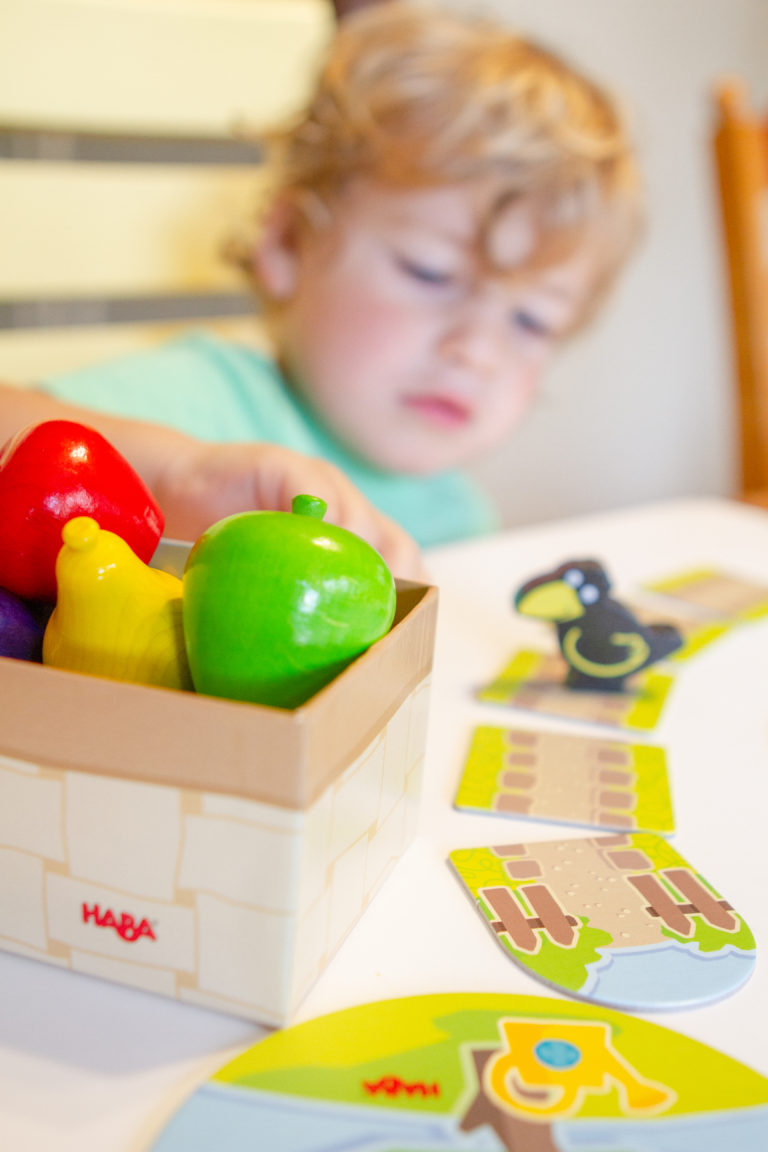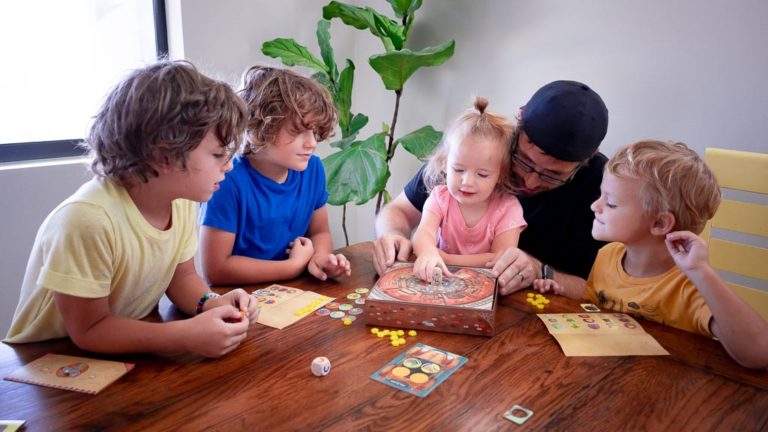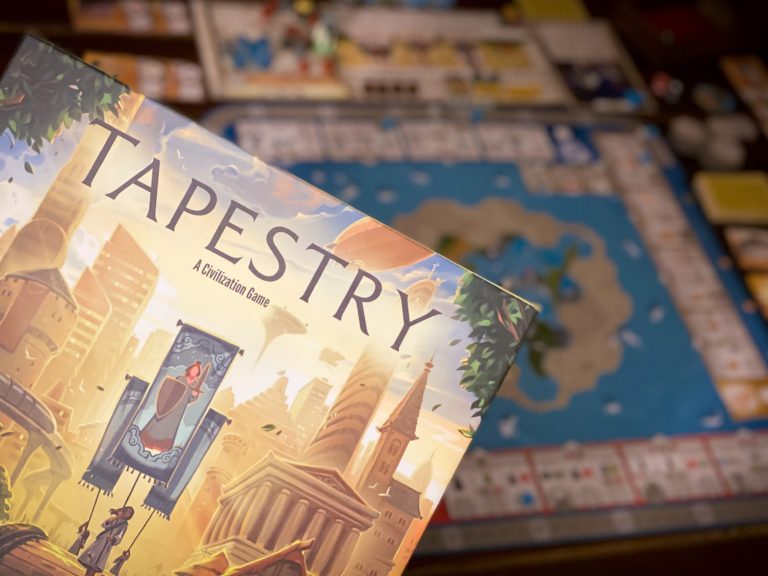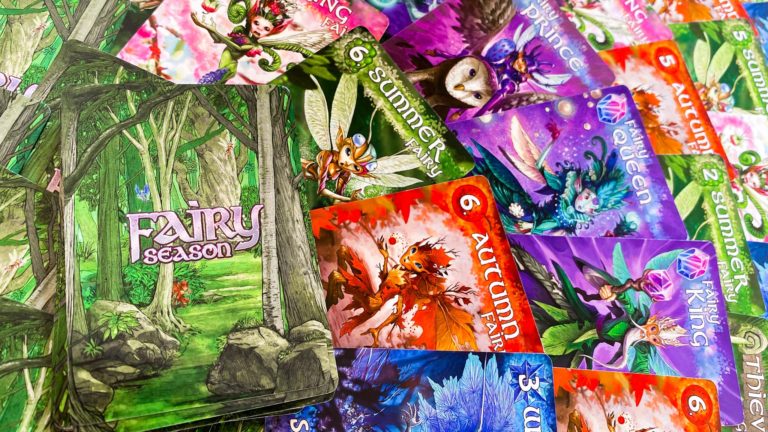This post is sponsored by SimplyFun. We’re taking a look at SlideAscope, the new puzzly tile placement game designed by Reiner Knizia filled with delicious pattern creating, combo cascading fun!
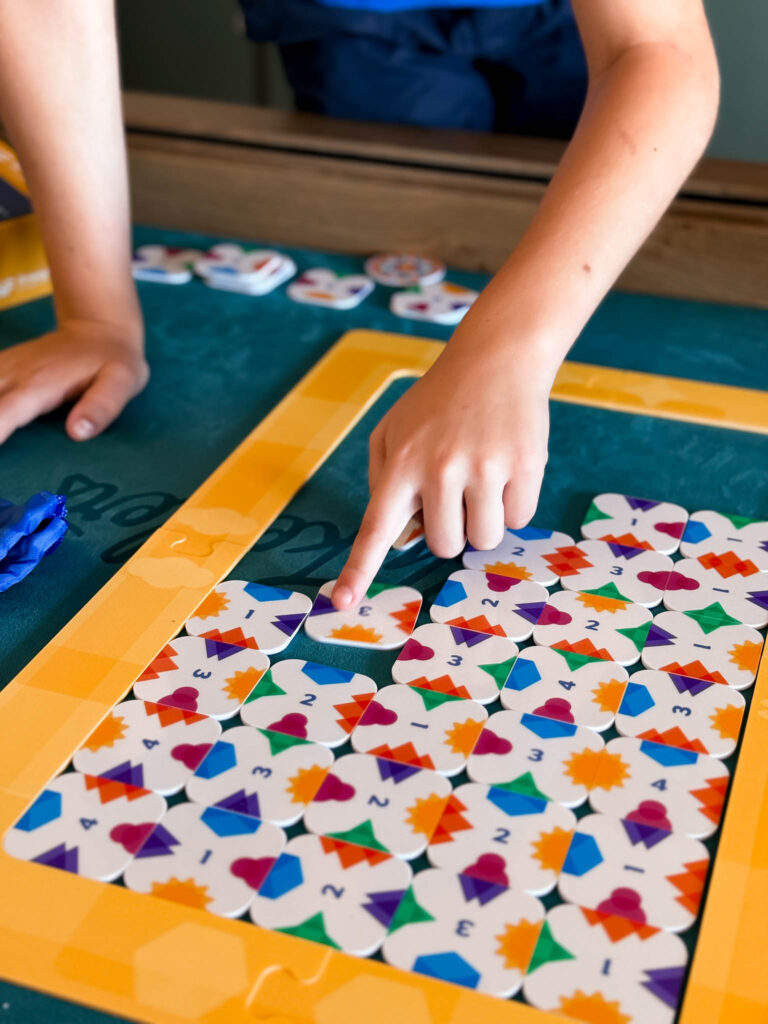
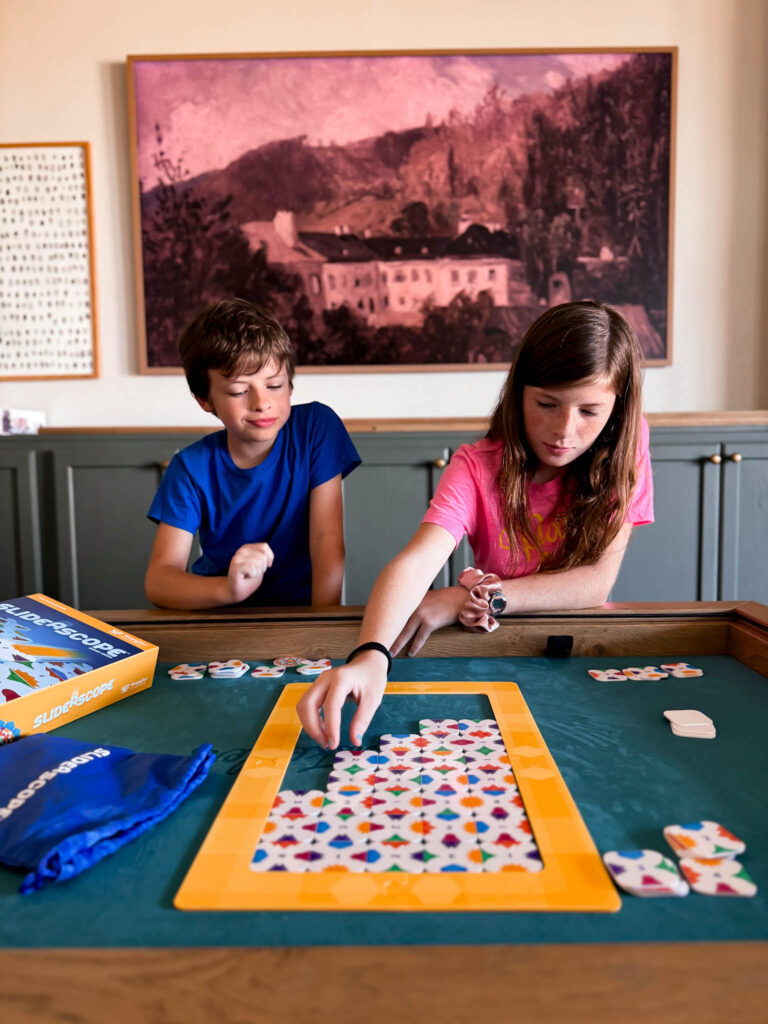
How to Play SlideAscope
In SlideAscope, you’ll try to score as many points as you can by placing a tile and matching its sides to the sides of other tiles already in the playing field.
When you create a match, you collect the matched tile and remove it from the board. Then you’ll slide the tile you placed down to replace the tile you’ve taken. You then check again to the left, right, and below of your tile and take any tiles whose sides you’ve matched.
Each time a tile is taken, you’ll slide the tiles in that column down to replace it before continuing.
When there are no more matches, play passes to the next player.
On your turn you can choose to spend one of your collected tiles to rotate the tile you’ve placed to create additional matches and potentially moving down the playing field again. You may only do this one time per turn.
The game end is triggered when all the tiles from at least one of the columns have been removed.
The player with the most points from their collected tiles wins.
You can also play SlideAscope solo using the above rules and working to beat your best score.
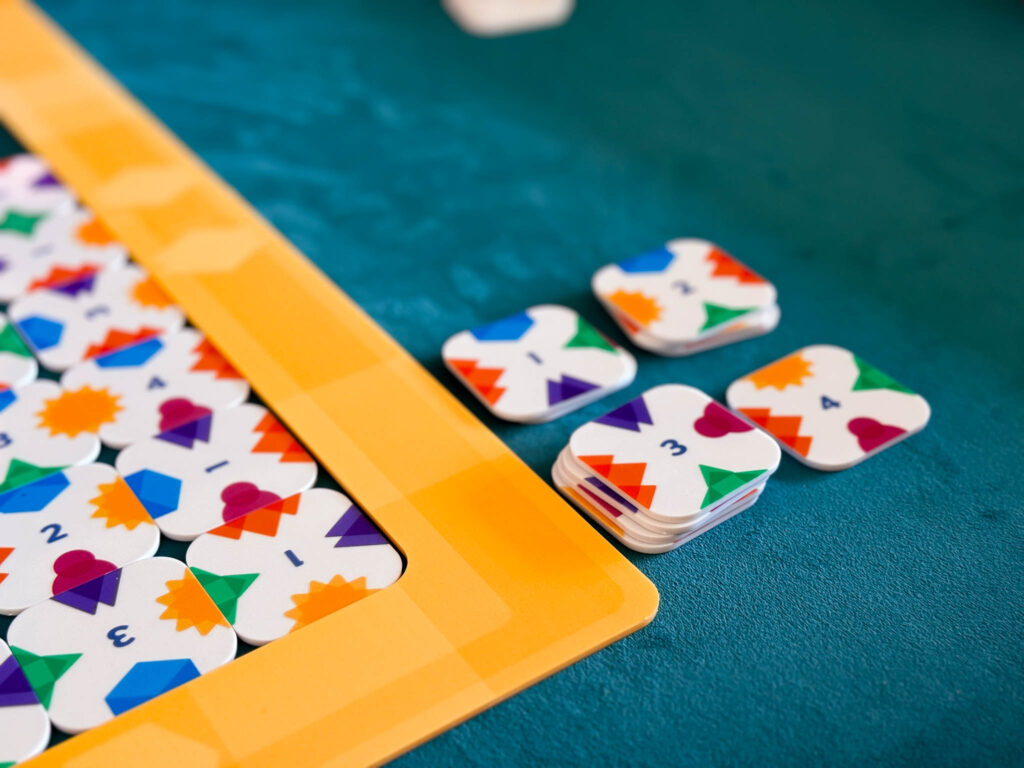
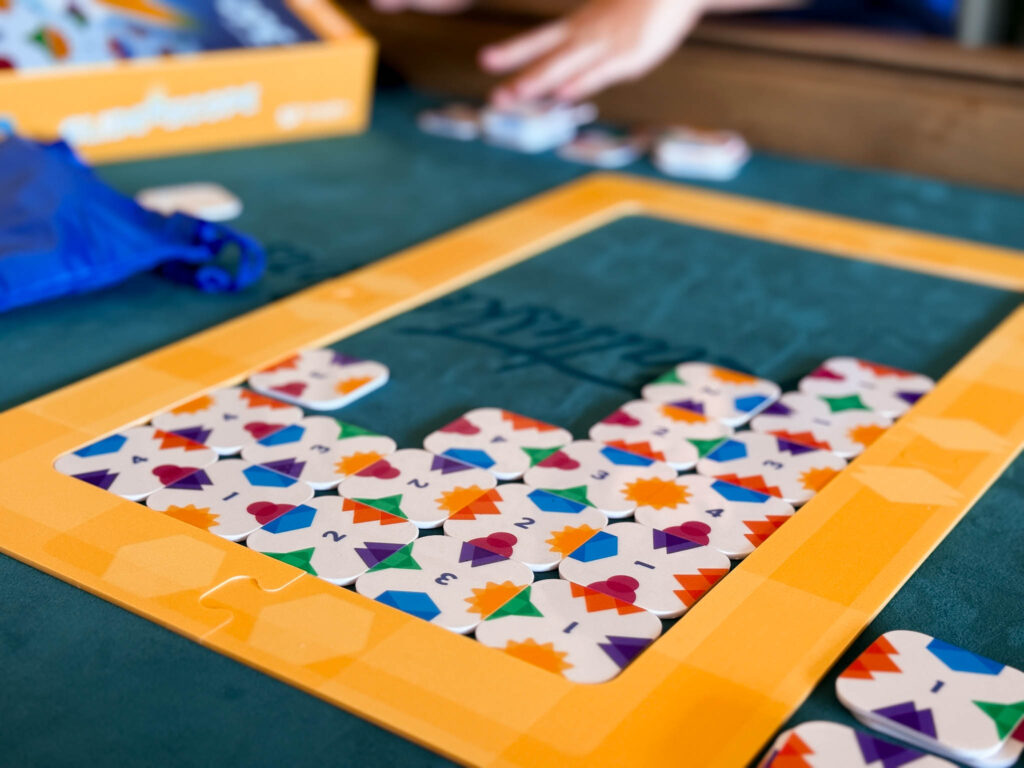
SlideAscope is Addictive Fun
SlideAscope tapped into my love of puzzle games such as Bejeweled and Tetris in a fierce way. This game play combined with the kaleidoscope design makes for a highly engaging game right off the bat. And that’s to say nothing of the oddly satisfying sound the tiles make as they clink around together during the game.
As a parent I like that my kids are presented with some fun challenges to work through. Much of the game centers around using your spatial visualization skills to identify the areas where your tile will be best utilized.
To be successful, they’ll have to look beyond the initial match of the first tile but rather down the column and to the sides to find where they’ll make the most matches.
Additionally, they’ll learn to recognize when its wise to spend a tile to rotate their piece and make additional matches, and when the potential gains don’t justify the spending of earned points. A great skill to learn!
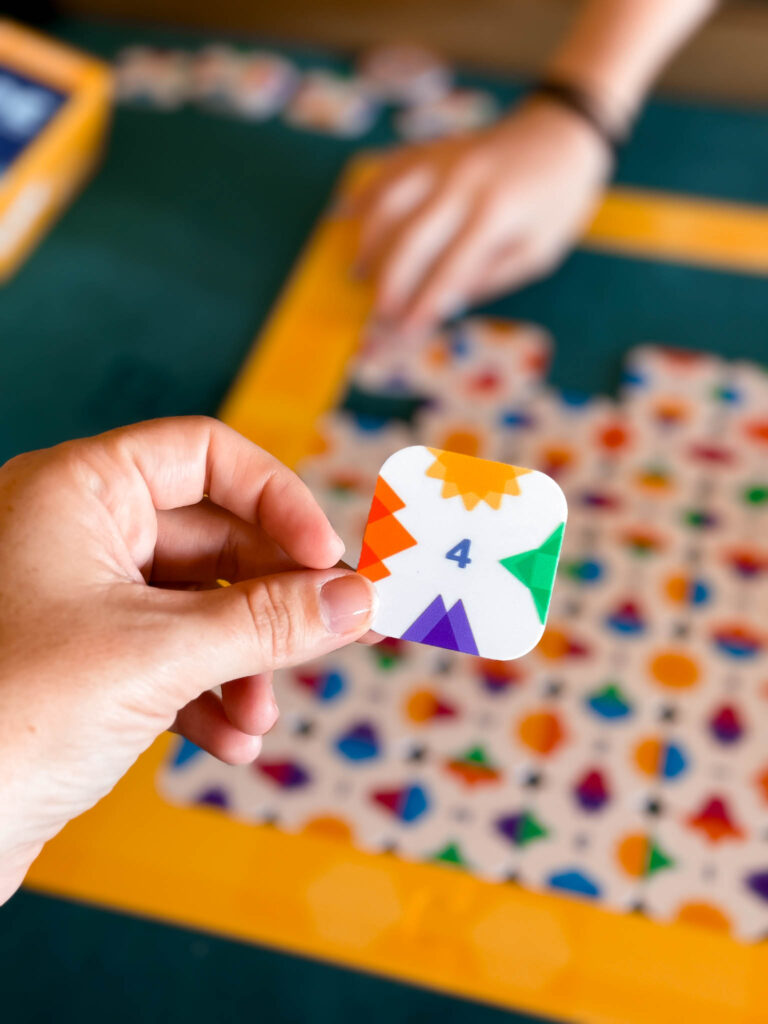
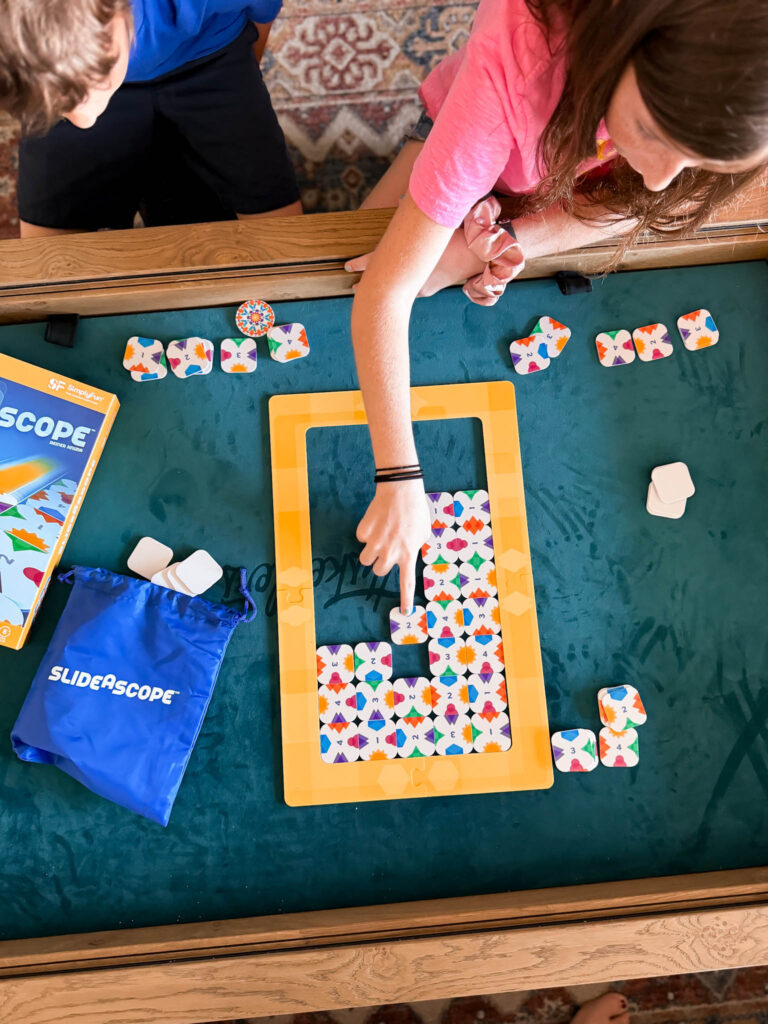
Educational Benefits of SlideAscope
SimplyFun is a go-to for educational games in our home. They create real games with interesting strategies and mechanisms geared towards an educational goal. SlideAscope unsurprisingly has many excellent educational elements that players may not even recognize they’re engaging with during the game!
Spatial Reasoning Skills
SlideAscope requires players to identify and match the sides of their tile with those in play. This encourages pattern recognition and spatial understanding. Developing strong spatial reasoning skills will aid children in problem solving, understanding geometry, navigational skills, or even just helping them pack a suitcase like a boss in adulthood.
Childhood is a sensitive period for the development of spatial reasoning skills. Early and consistent exposure to spatial activities will have a positive impact on your children’s long term spatial reasoning skills.
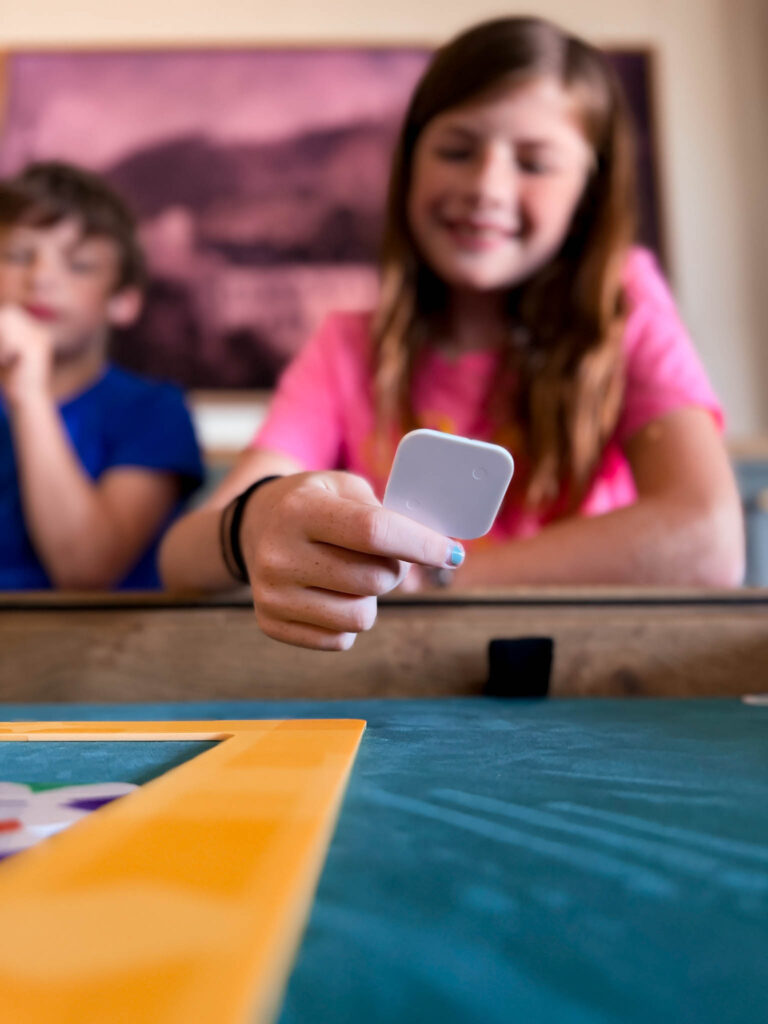
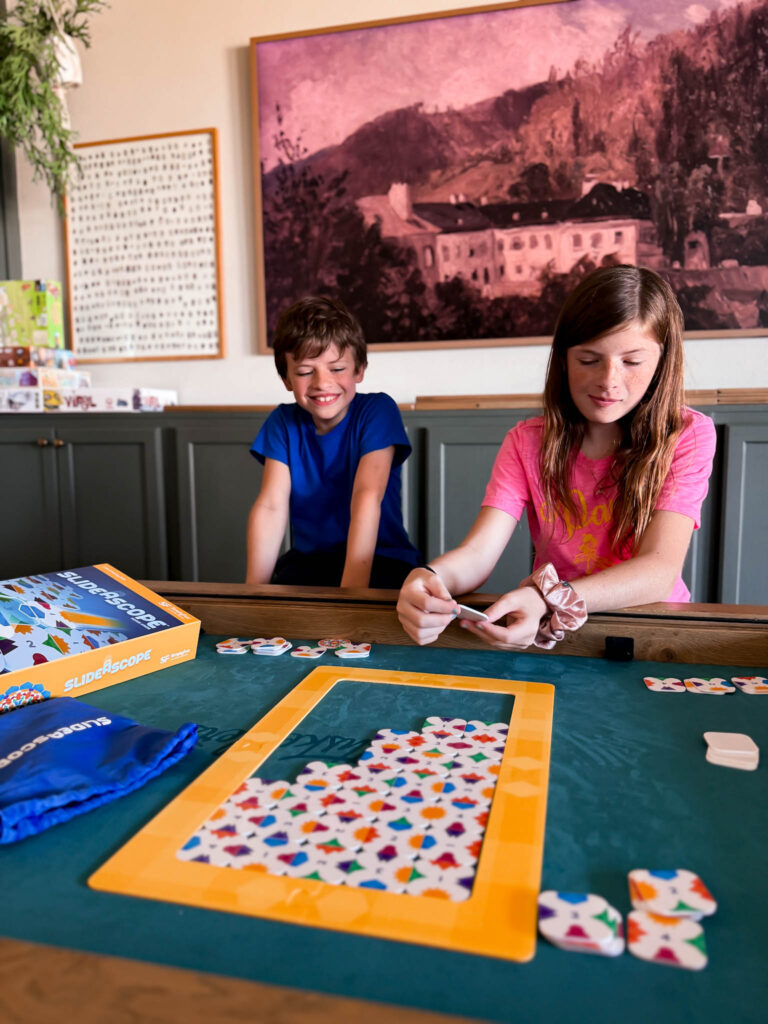
Critical Thinking
The only way to achieve the high scores necessary to win SlideAscope is by planning your moves strategically. Players must look over the board, identify the highest valued tiles, and think through their best paths to acquire them.
Kids will quickly and repeatedly analyze the ever changing board from turn to turn, thinking through their decisions. This repetition will help them become more dynamic problem solvers with cognitive flexibility.
Memory Benefits
From turn to turn, you’ll need to recall the positions and patterns of the tiles you need. This, combined with the critical thinking and spatial reasoning skills engages the brain and allows players to really exercise their short term memory capacity.

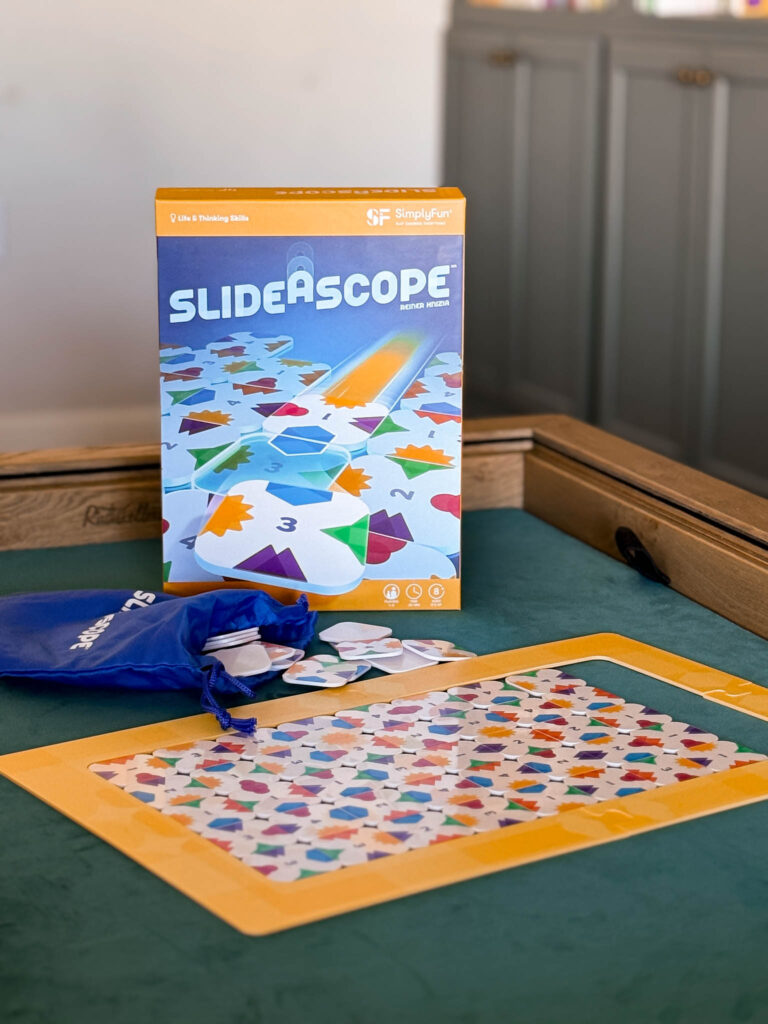
Fun and Educational
SlideAscope gets two thumbs up from us! With it’s quick game play, engaging spatial puzzle, and subtle educational elements, SlideAscope is a great option for any educational game shelf. It is a good fit for players as young as 6-8 years of age.
SlideAscope does a great job of recreating the fun typically found in a computer or app style game and making it accessible and functional for table play. Kids are able to enhance their spatial reasoning and critical thinking skills while performing fun pattern building challenges and simple math calculations.
Not only is it fun for multiple players to play together, but SlideAscope works well as a solo game. Making it a nice option for a quiet activity or free play choice in the home or homeschool.
Bring a copy of SlideAscope home for your family here.
If you liked this post about SlideAscope, then you may also enjoy
Educational Gaming with Arctic Riders
20+ Board Games for Boosting Reading Skills
15+ Board Games that Help Teach Math

